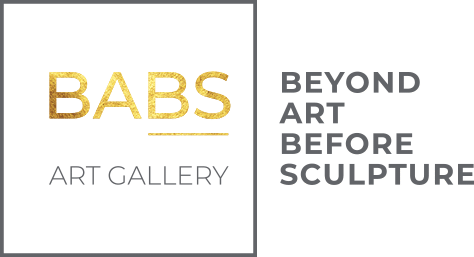ALEX PINNA
Imperia, 1967
Nevertheless, in Pinna’s works, this uncertainty is never laden with drama; instead, it is seasoned with a distinctly contemporary irony that appears to encourage a light and ironic approach to life. Lightness becomes a predominant value in his artistic pursuit and is primarily achieved through sculptural elements: it’s as if the artwork absorbs matter rather than emanating it. Thus, all of Pinna’s stylized men with long limbs, whether conceived as lanky sculptures in bronze, lead, or knotted rope, or in their variant as “walking” works in gold, silver, and bronze, push the lightening of their volumes to the extreme. They extend into space without invading or weighing it down, evoking and suggesting without ever imposing heavy formalisms or unequivocal concepts. Salvation, perhaps, can be sought in a rediscovered and self-appropriated nature, thanks to the curious “leaf-men” of the series ‘Lost, found and lost,’ born from the hybridization of the human body and vegetal forms and transformed into pendants and rings to wear. Or, as an ironic paradox with a dance reminiscence, salvation can take on the features of a DJ encountered one night in a nightclub, stretching into the eternalized gesture of John Travolta from ‘Saturday Night Fever,’ becoming an earring or a necklace.
However, we will never have certainty about this: Pinna’s works place the viewer in front of questions and sensations that challenge common sense, leaving doubts unresolved but offering in return an aesthetic fulfillment that, in the case of his artist’s jewelry, becomes admirable every day.

ALEX PINNA
JEWELS
-
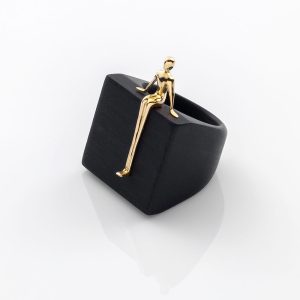
HOW DEEP IS YOUR LOVE? Ring gold
ALEX PINNA
-
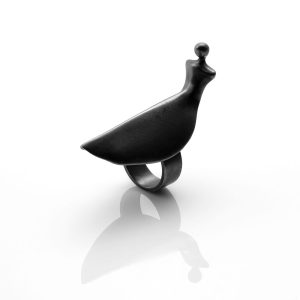
LOST FOUND AND LOST Ring
ALEX PINNA
-
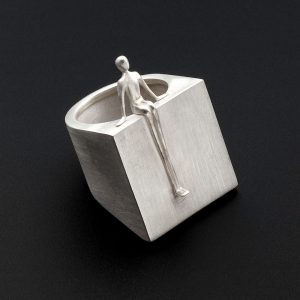
HOW DEEP IS YOUR LOVE? Ring silver
ALEX PINNA
-
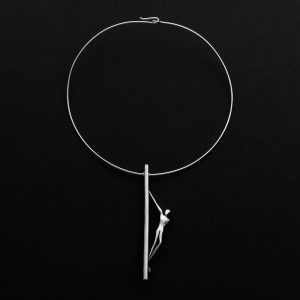
LAST NIGHT A DJ SAVED MY LIFE Necklace silver
ALEX PINNA
-
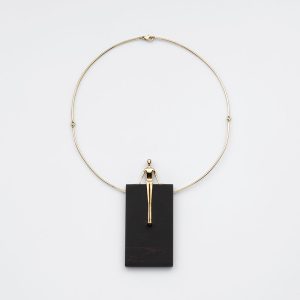
HOW DEEP IS YOUR LOVE? Necklace gold
ALEX PINNA
-
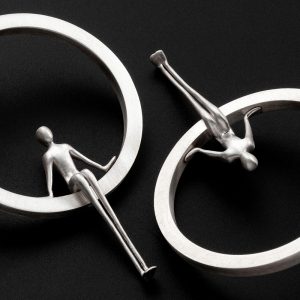
HOW DEEP IS YOUR LOVE? Earrings
ALEX PINNA
-
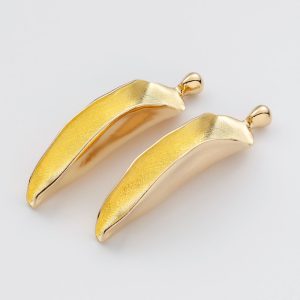
LOST FOUND AND LOST Earrings gold
ALEX PINNA
-
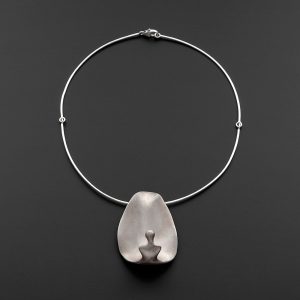
LOST FOUND AND LOST Necklace silver
ALEX PINNA
-
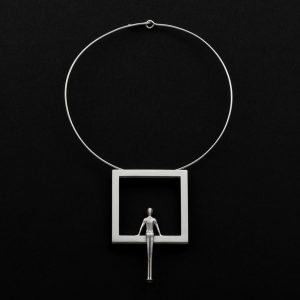
HOW DEEP IS YOUR LOVE? Necklace silver
Alex Pinna
-
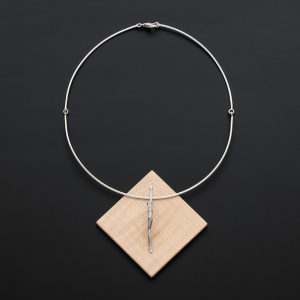
LAST NIGHT A DJ SAVED MY LIFE Necklace wood
ALEX PINNA
-
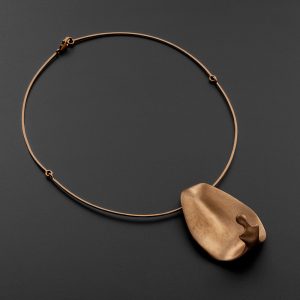
LOST FOUND AND LOST Necklace bronze
ALEX PINNA
-
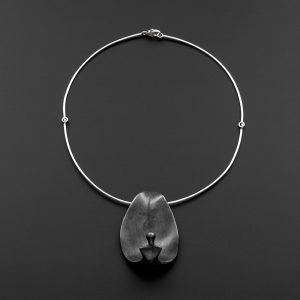
LOST FOUND AND LOST Necklace
ALEX PINNA
-
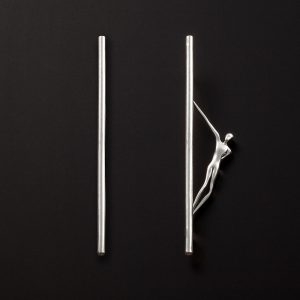
LAST NIGHT A DJ SAVED MY LIFE Earrings silver
ALEX PINNA
-
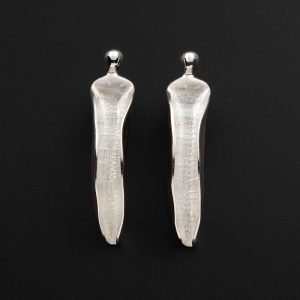
LOST FOUND AND LOST Earrings silver
ALEX PINNA
-
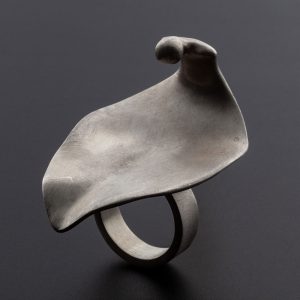
LOST FOUND AND LOST Ring
ALEX
-
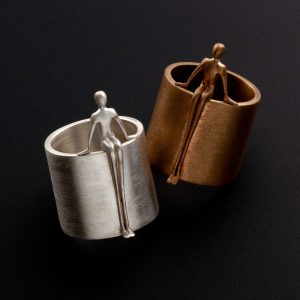
HOW DEEP IS YOUR LOVE? Rings silver or bronze
ALEX PINNA
-
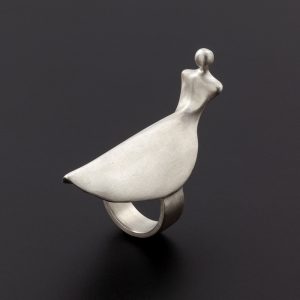
LOST FOUND AND LOST Ring
ALEX
-
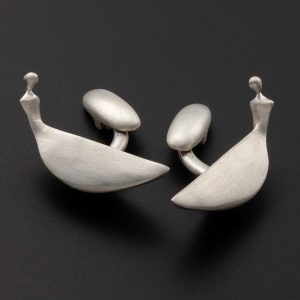
LOST FOUND AND LOST Cufflinks
ALEX PINNA
-
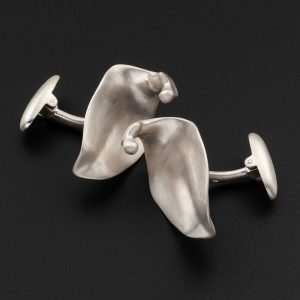
LOST FOUND AND LOST Cufflinks
ALEX PINNA
ALEX PINNA
WORKS
-
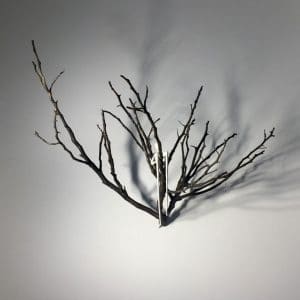
UPSTAIRS HEROES
ALEX PINNA
-
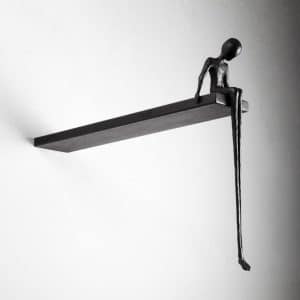
WAITING FOR
ALEX PINNA
-
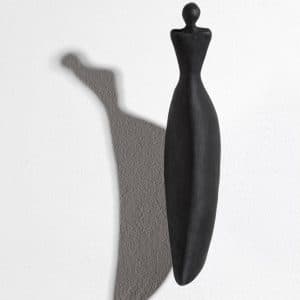
LOST FOUND AND LOST Sculpture
ALEX PINNA
-
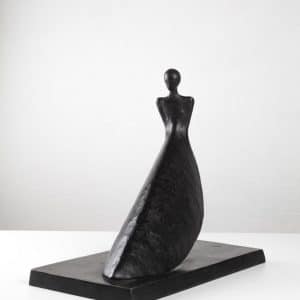
LOST FOUND AND LOST Sculpture
ALEX PINNA
-
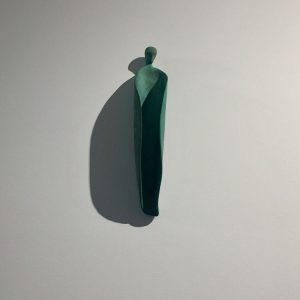
LOST FOUND AND LOST Sculpture
ALEX PINNA
-
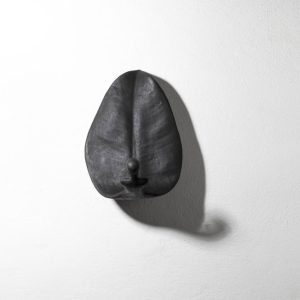
LOST FOUND AND LOST Sculpture
ALEX PINNA
-
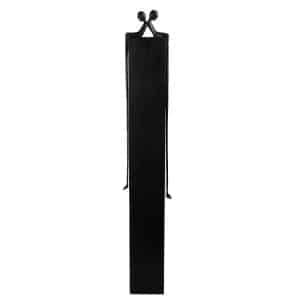
QUATTRO
ALEX PINNA
-
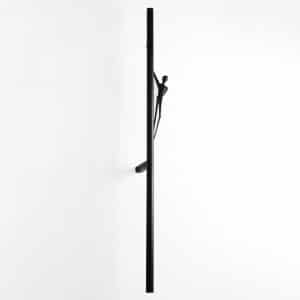
LAST NIGHT A DJ SAVED MY LIFE Sculptures
ALEX PINNA
-
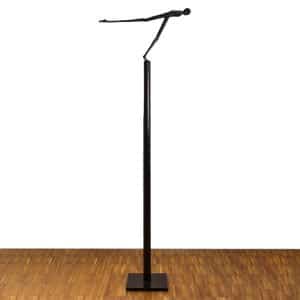
KEEP GO ON
ALEX PINNA
-
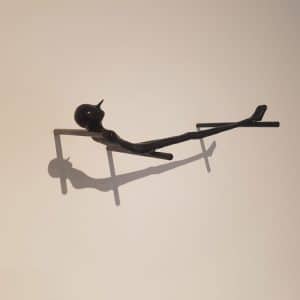
EQUILIBRIO
ALEX PINNA
-
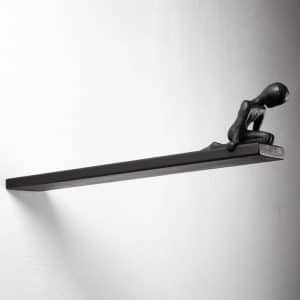
WAITING FOR (2018)
ALEX PINNA
-
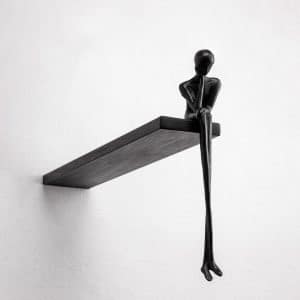
WAITING FOR (2022)
ALEX PINNA
BIO
Alex’s work establishes an interlocutory dialogue with the public, through metaphors capable of representing the world in a light and ironic way without ever becoming banal or obvious.
Inspired by the playful and imaginative universe of childhood culture (comics and fairy tales), Pinna uses it as an iconographic bridge to achieve a more conscious and evocative plastic research.
Sculpture is a way to lighten the space, as if the work absorbed matter instead of emanating it, here is that its characteristic stylized men and long limbs, in bronze, lead or knotted rope, protrude into space without invading or weighing it down.
Lightness, which has become a predominant value in his research, is paradoxically pursued through sculptural elements. All his works tend towards this subtraction of weight facing the space with figures suspended in balance funambolici, but well firm or with slender stylized men that bring to the extreme the lightening of their volumes. They are synthetic figures, which evoke, suggest, without ever imposing themselves with heavy formalisms or indisputable concepts.
The works, rich in continuous references to the history of art and literature, are characterized as a set of contradictory forces that coexist peacefully. Alongside the dialectic and the unprecedented formal equilibria, the works present conceptual contrasts that put the viewer in front of questions and sensations stimulated by a disruptive and at the same time discreet aesthetic.
